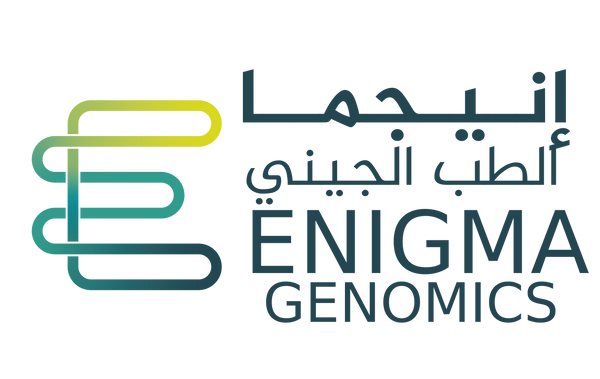
What is Scoliosis? Know symptoms and treatment.
You may haven't heard the term "scoliosis" before, so what is mean? Scoliosis is one of the spine disorders that, if left untreated, can lead to disabilities in the future. Although the most common type has unknown causes, and it is most likely genetic in nature.
In this article, we will discuss more about "scoliosis," its symptoms, complications, and whether it can be treated.
What exactly is scoliosis?
Scoliosis is a three-dimensional spine deformity characterized by an abnormal lateral curvature of the spine that typically manifests in childhood or adolescence. Girls are more likely than boys to develop scoliosis and may require treatment.
What are the signs and symptoms of scoliosis?
Scoliosis symptoms typically appear between the ages of 10-15 years old, beginning with simple curves in the spine and progressing over time to severe curves that affect the lungs and may lead to a tumor in the spine. Scoliosis is also distinguished by rib protrusion on one side of the body over the other.
The following are the most noticeable symptoms of scoliosis:
- Unequal shoulders, with one shoulder blade protruding more than the other.
- A hip that is higher than the other.
- Awkward waistline.
- Body leaning to one side.
- The presence of abnormal changes in the skin surrounding the spine, such as skin colour change.
- One side of the rib cage protrudes more than the other.
Other complications of scoliosis may include:
- Sliding vertebrae.
- Breathing difficulties caused by rib cage pressure on the lungs.
- Constant back pain.
How is scoliosis diagnosed?
X-rays, CT scans, or MRIs are commonly used to diagnose scoliosis, or a lateral tilt of the spine. Genetic testing can also help detect it early. To determine the appropriate procedure, the severity of the spinal tilt can be classified as follows:
- If the inclination is greater than 25-30 degrees, it is considered fairly average.
- If it exceeds 45-50 degrees, it is considered an acute tilt or curvature and requires immediate treatment.
What factors contribute to scoliosis?
The exact cause of most types of scoliosis is unknown, but the most common type has a genetic basis. Other types of scoliosis can be caused by medical conditions such as:
- A spinal cord malformation or anomaly.
- The development of the spine's bones has been hampered since birth.
- Potential for spinal injuries.
- Having cerebral palsy, muscle weakness and atrophy (muscular dystrophy), or other nerve and muscle conditions.
Is scoliosis curable?
The procedure required to treat scoliosis varies depending on several factors, including:
- Spinal maturity.
- The degree and severity of spine curvature.
- The exact location of the bend.
- The extent to which the curvature is likely to develop. Curvature or protrusion of the rib cage, for example, is more likely to develop than protrusion of any other part of the body.
As a result, there are numerous treatment options available, and the patient's condition may necessitate:
- Performing periodic examinations:In cases of mild and moderate scoliosis, it may be necessary to just monitor the patient's condition without treatment. For example, a doctor may ask to do a periodic examination for children with scoliosis every 4 or 6 months, while an x-ray may be required every 5 years for adults.
-
Orthotics (braces): Orthotics may be useful for children who are still growing and have a spine curve of 25-40 degrees. This therapeutic method has been shown to be effective in reversing the increase in back curvature in 80% of cases.
There are other types of back supports, including invisible ones that can be worn under the arm instead of around the neck. - Surgery: Surgery may be the best treatment option for severe spinal curvatures that are likely to worsen in the future. Doctors typically recommend surgery for children with severe spinal curves greater than 40 degrees to prevent back arching, and for adults with curves greater than 50 degrees that cause other complications such as nerve damage in the legs.
Finally, scoliosis can be detected early through genetic tests, particularly whole exome sequencing, which examines more than 20,000 genes to detect the genetic causes of scoliosis and other complicated genetic diseases in order to prevent transmission to children and future complications. Genetic counselling can also assist you in learning more about scoliosis and the various prevention and treatment options available.
